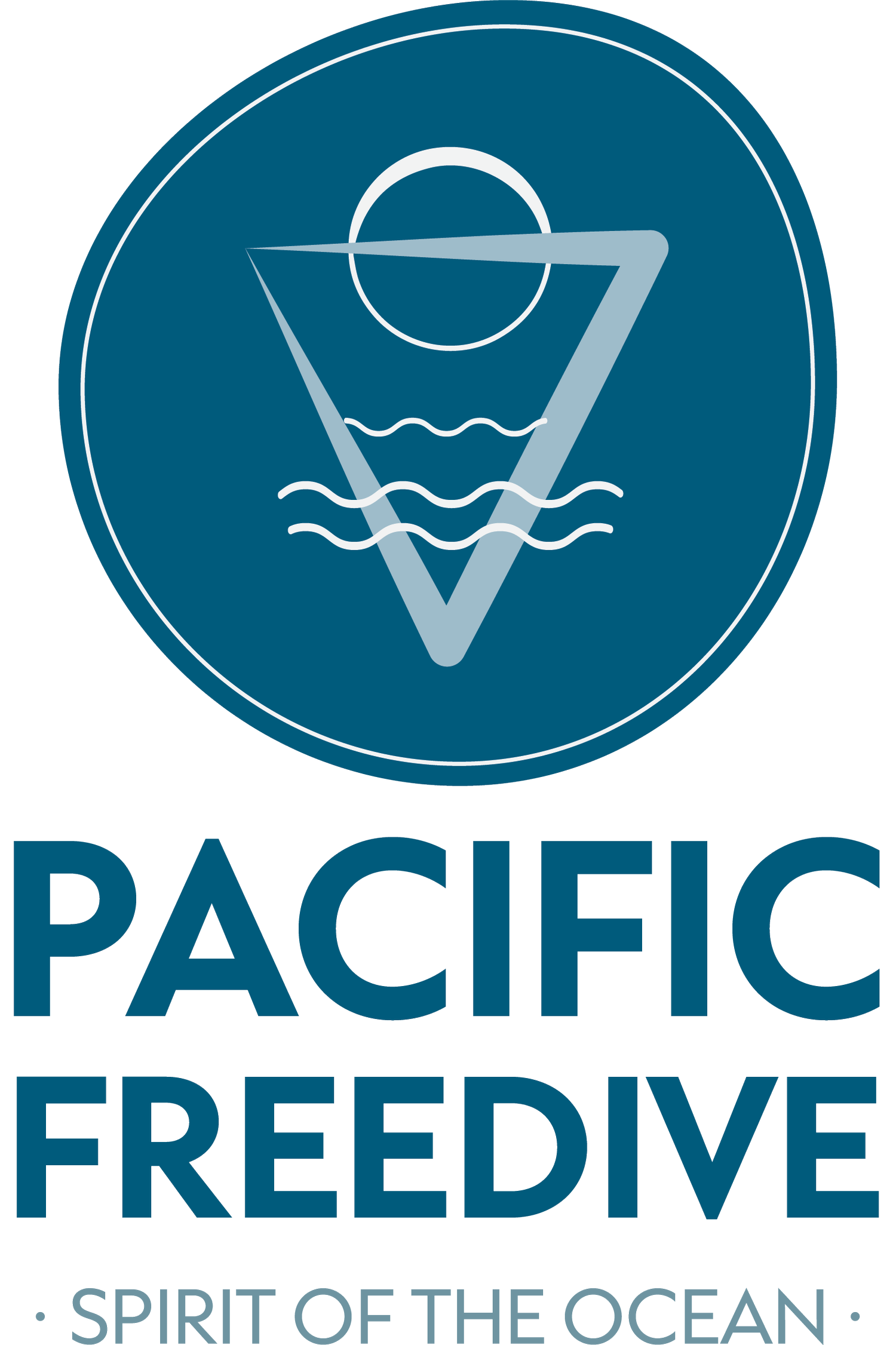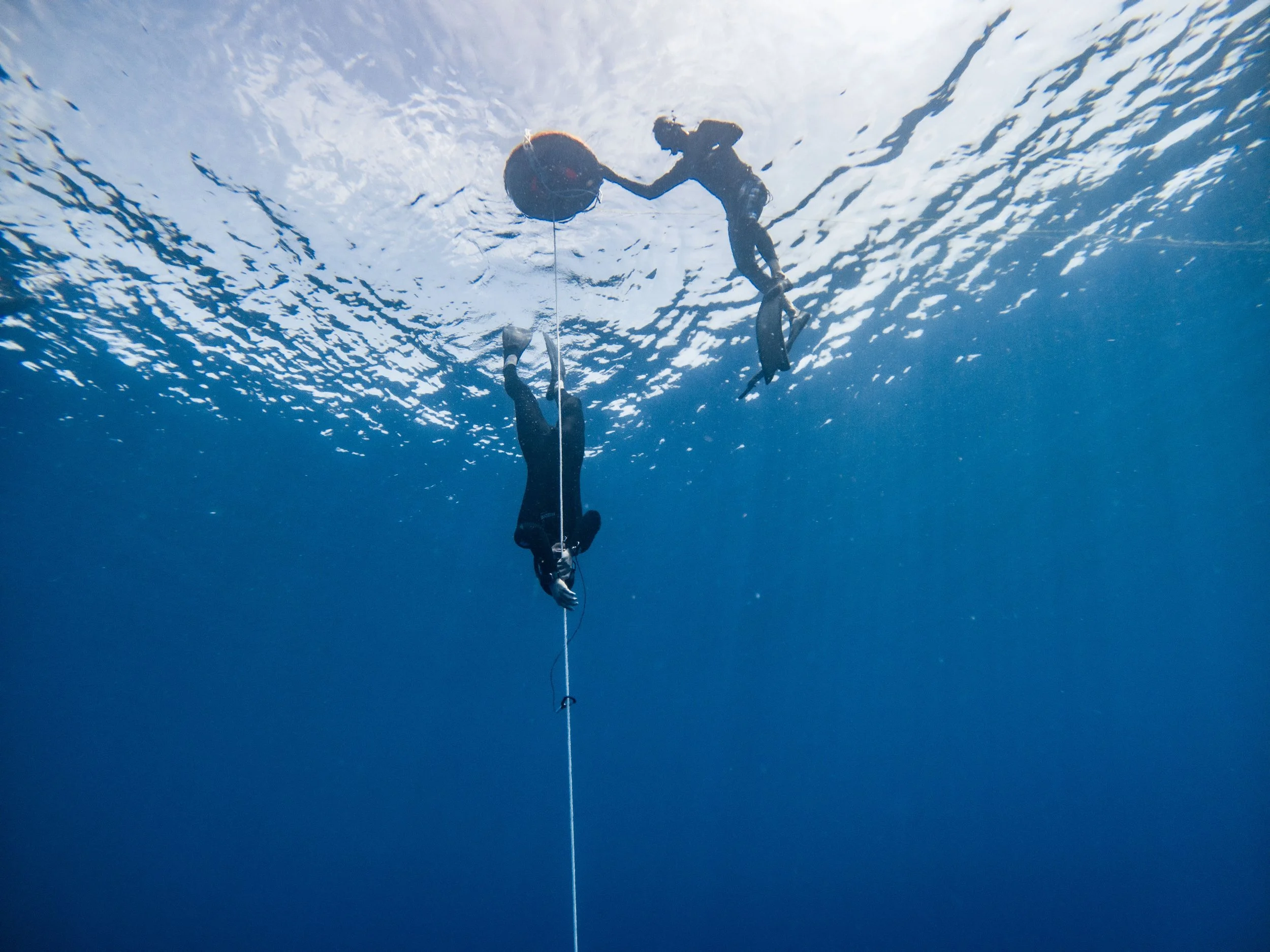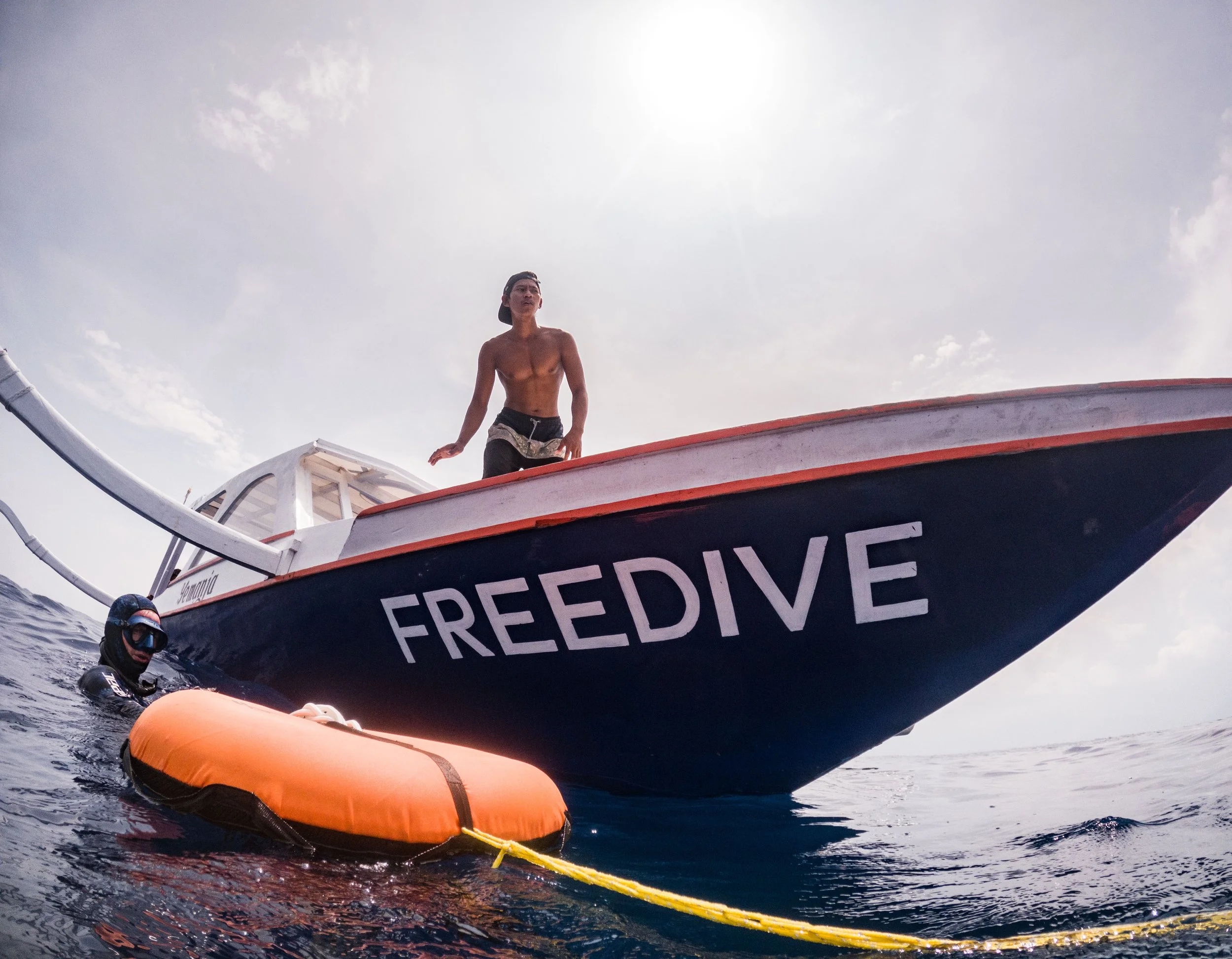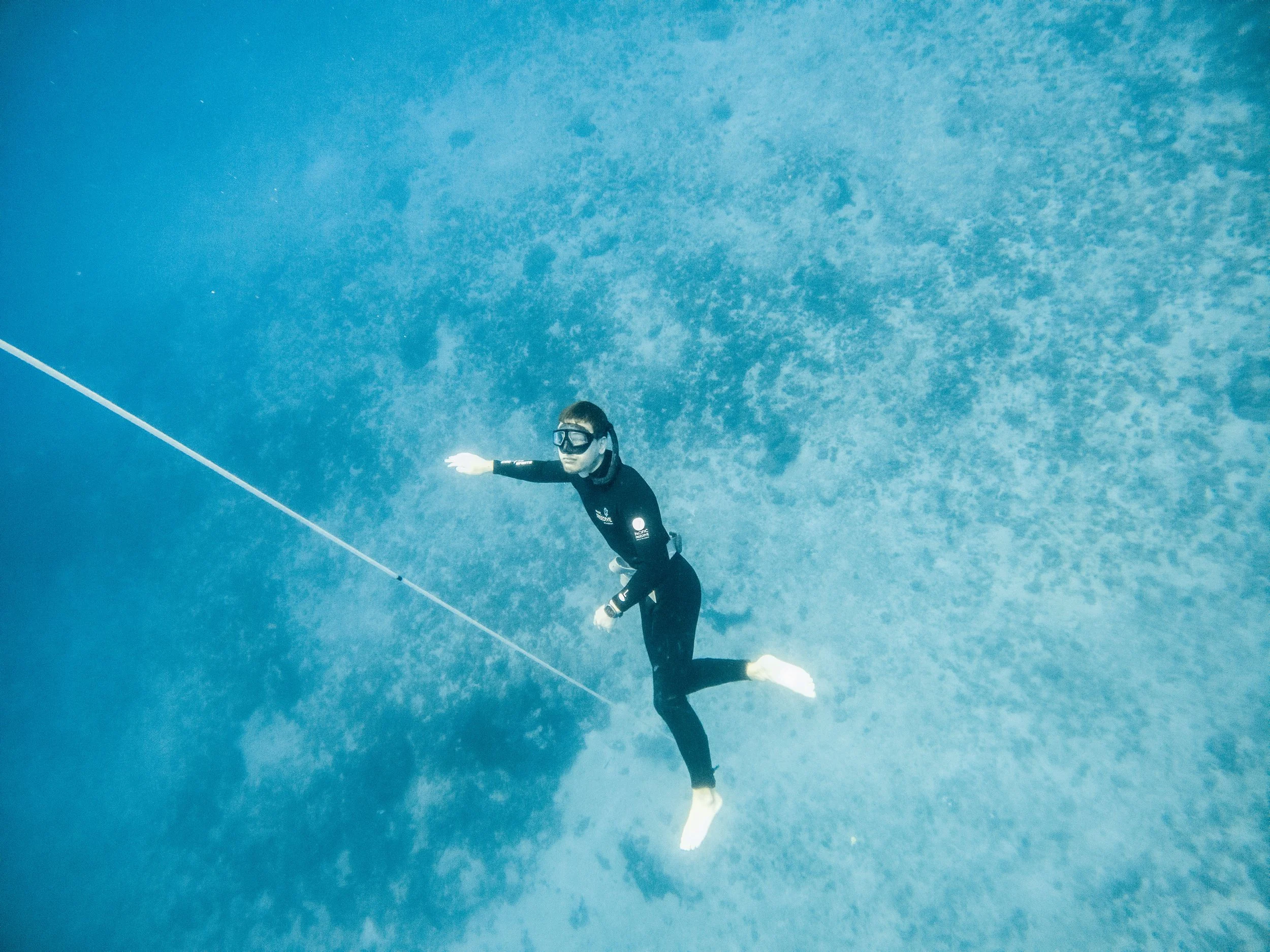Navigating the Depths: Understanding Decompression Sickness in Freediving
Embarking on a freediving journey is not just about breath-holding and exploring the depths; it's also about understanding the potential risks, with Decompression Sickness (DCS) being a crucial aspect. Let's take an in-depth look at DCS and equip ourselves with knowledge for a safer underwater experience.
1. The Mechanics of Decompression Sickness
Decompression Sickness occurs when nitrogen bubbles accumulate in the body and are not adequately dissolved before resurfacing. Freedivers, while not accumulating as much nitrogen as scuba divers, can still face this issue, particularly after repeated deep dives in a short time frame.
2. Recognizing the Risks of DCS in Freediving
While DCS is rare in freediving, understanding the contributing factors is essential. Explore why repetitive deep dives, especially beyond 55 meters, increase the risk. We'll uncover why surface intervals, hydration, and proper rest play pivotal roles in minimizing these risks.
3. Symptoms and Signals: A Warning System
Knowing the signs of DCS is paramount. From localized pain to itching, altered sensations, and even unconsciousness, each symptom indicates a potential problem. Delve into the details of each signal, empowering yourself to recognize and respond promptly.
4. Mitigating Risks: A Comprehensive Safety Toolkit
Optimal Surface Intervals: Tailor your rest periods based on dive depths. For dives shallower than 30 meters, ensure a surface interval at least three times your dive time. Adjust this ratio for deeper dives.
Hydration Matters: Stay hydrated, particularly in warm climates. Bringing a water bottle to the buoy and hydrating during surface intervals can significantly reduce DCS risks.
Quality Rest: Fatigue increases susceptibility to DCS. Prioritize a good night's sleep before diving to ensure your body is in optimal condition.
5. Surface Interval Guidelines: Tailoring Rest to Depth
Explore the intricacies of surface interval planning. Understand the importance of adjusting rest periods based on dive depth and how this simple practice significantly contributes to off-gassing nitrogen safely.
6. Dispelling Myths: Shallow Freediving Risks
Address the common misconception that shallow freediving is entirely risk-free. While the risk is lower, a practical discussion on the necessary volume of diving to pose a genuine DCS threat sheds light on this aspect.
8. Proactive Steps for DCS Prevention
Take a proactive approach to DCS prevention. Dive wise, adhere to safety standards, and understand your responsibility in ensuring a secure and enjoyable freediving experience.
9. Conclusion: Dive Wise, Dive Safe, Dive Informed
Freediving is not just a physical activity; it's a mental and educational endeavor. Dive wise, dive safe, and dive informed. Armed with this comprehensive guide, let's explore the underwater world with confidence and respect.




